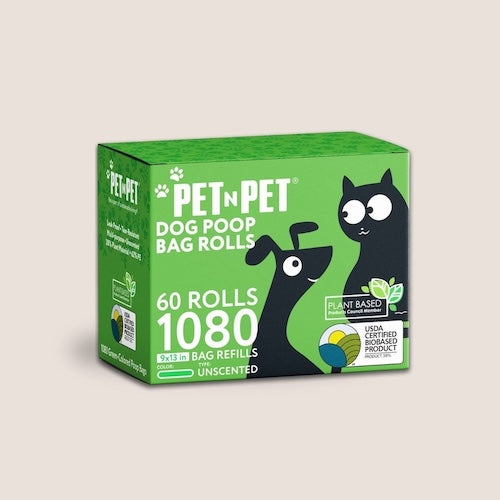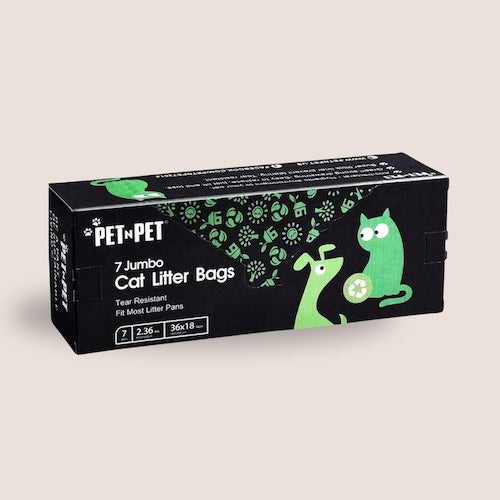
Is Your Puppy Teething? Look Out For These Signs!
Just like human babies, puppies go through a teething process as they grow. This generally occurs between 3 and 6 months of age, when their baby teeth start to fall out to make room for their adult teeth. During this period, your puppy might exhibit some behaviors that can seem unusual if you're not familiar with the process. Here are some signs to look out for:
1. Increased Chewing
One of the most common signs of teething is an increase in chewing behavior. Puppies often chew more during this period to help relieve the discomfort of new teeth pushing through the gums.
2. Loss of Appetite
Teething can cause discomfort and even mild pain, which may result in your puppy eating less than usual.
3. Drooling and Dribbling
You may notice an increase in drooling or dribbling. This is completely normal and should ease once their adult teeth come through.
4. Finding Teeth
Don't be alarmed if you find tiny teeth around your home. As your puppy's adult teeth grow in, they will lose their baby teeth.
5. Red, Swollen Gums
During teething, your puppy's gums may appear red and swollen. This is a normal part of the process, but if you notice excessive swelling or bleeding, it's a good idea to consult your vet.
6. Changes in Behavior
Your normally playful and energetic pup may seem a bit down or irritable. Again, this is due to the discomfort associated with teething.
Remember, while teething can be a challenging time for both you and your puppy, it's just a phase that will pass. During this time, provide plenty of appropriate chew toys to help soothe your puppy's gums and keep them from chewing on things they shouldn't. If you're concerned about your puppy's teething or if they seem to be in significant pain, it's always wise to consult with your vet. Happy parenting!




